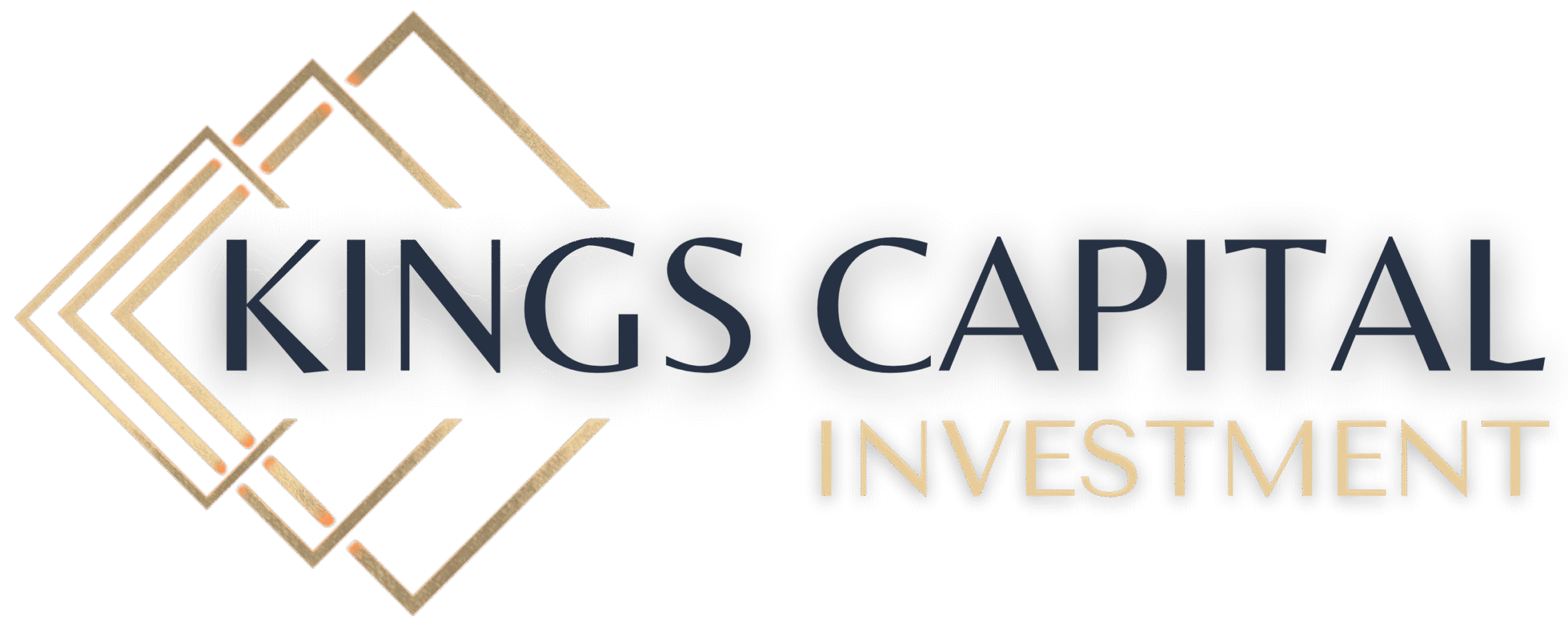When it comes to property investment in the UK, one of the most common (and important) questions investors ask is:
“Should I prioritise capital growth or rental yield?”
In 2025, with mortgage rates stabilising, inflation easing, and tenant demand remaining strong, the answer depends largely on your investment goals, risk tolerance, and time horizon. Let’s break it down.
What Is Capital Growth?
Capital growth refers to the increase in the value of your property over time. You make money when you sell the property for more than you paid for it.
Best for:
Long-term investors
Those looking to build equity
Areas undergoing regeneration or economic growth
UK Cities Known for Strong Capital Growth:
London (certain boroughs)
Manchester
Birmingham
Cambridge
Bristol
Example: A property bought for £250,000 in a high-growth area might be worth £325,000 in five years — a 30% gain, excluding rental income.


What Is Rental Yield?
Rental yield is the annual rental income as a percentage of the property’s purchase price. High rental yield means stronger monthly cash flow.
Best for:
Investors seeking passive income
Buy-to-let landlords
Shorter-term or cash-flow-focused strategies
UK Cities with High Rental Yields (2025):
Liverpool (~6.5%)
Nottingham (~6.1%)
Leeds (~5.9%)
Sunderland (~7% in select postcodes)
Hull
Example: A £150,000 property generating £9,000 in annual rent offers a 6% gross rental yield.
So… Capital Growth or Rental Yield?
The choice isn’t always black and white. Here are key considerations:
| Factor | Capital Growth | Rental Yield |
|---|---|---|
| Goal | Wealth over time | Monthly income |
| Risk | More market-dependent | Cash flow helps buffer risk |
| Mortgage Strategy | Often interest-only | Works well with repayment |
| Location Strategy | Look for up-and-coming areas | Focus on tenant-rich zones |
| Exit Plan | Sell at a profit | Hold for income or retirement |
Smart Strategy: Balance Both
The most successful UK property investors in 2025 are blending both strategies:
Target areas with solid rental demand and long-term growth potential.
Use high-yield properties to support cash flow and cover financing.
Hold at least one “growth asset” in your portfolio for future equity gains.
Final Thoughts
There’s no one-size-fits-all answer. If you need regular income, rental yield is key. If you’re in it for the long haul and want to build wealth, capital growth may be more rewarding.
Tip: Let your financial goals and risk appetite guide your decision — and don’t be afraid to mix both in a diversified portfolio.

